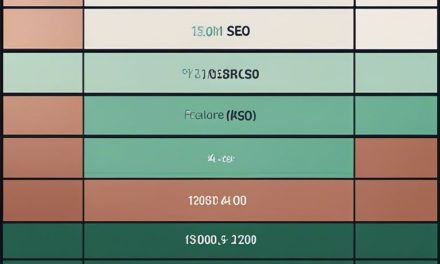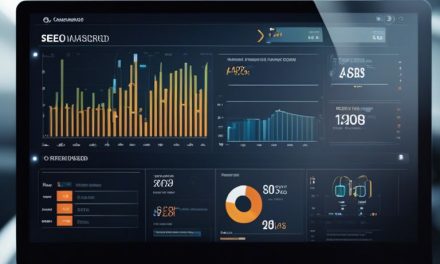Google Analytics, one of the most popular web analytics tools, is set to undergo a significant transformation with the integration of Google Images data. This exciting development promises to provide website owners and digital marketers with invaluable insights into the performance of their visual content. By incorporating Google Images data into Google Analytics, users will gain a deeper understanding of how images drive traffic, engagement, and conversions on their websites. In this article, we will explore the implications of this integration and how it can revolutionize the way we analyze and optimize visual content.
Unveiling a New Dimension of Web Analytics
Visual content plays a vital role in attracting and engaging online users. With Google’s announcement of integrating Google Images data into Google Analytics, webmasters and marketers will now have a more comprehensive understanding of how their images are performing across search results. Previously, Google Analytics primarily focused on providing insights into textual content, leaving a gap in understanding the impact of visual elements on website traffic and user behavior.
Improved Image Search Traffic Analysis
The integration of Google Images data into Google Analytics aims to bridge this gap and provide users with a clearer picture of how images contribute to their overall website performance. This update will enable webmasters to identify which images are driving traffic, how users are discovering these images, and the subsequent actions taken on the website. By analyzing this data, marketers can gain valuable insights into the effectiveness of their image optimization strategies, leading to better-informed decisions regarding content creation and website optimization.
Enhanced Engagement Metrics for Images
Beyond traffic analysis, the integration of Google Images data will also bring about enhanced engagement metrics for visual content. Website owners will have access to metrics such as image views, clicks, and bounce rates, allowing them to evaluate the effectiveness of their visual assets. By examining these engagement metrics, marketers can identify images that capture users’ attention and those that fail to resonate with their audience. Armed with this information, they can optimize their visual content to increase user engagement and retention.
Optimizing Conversion Paths
Understanding the impact of visual content on conversions is crucial for any website looking to maximize its return on investment. With the inclusion of Google Images data in Google Analytics, marketers can now track the entire conversion path initiated by images. This means analyzing the user journey from image discovery to final conversion, providing insights into which images are driving the most conversions and identifying potential bottlenecks in the process. Armed with this knowledge, marketers can refine their image strategies, optimize landing pages, and improve the overall conversion rate.
Implementation and Data Privacy Considerations
Google has yet to reveal the exact implementation details of integrating Google Images data into Google Analytics. However, given Google’s commitment to user privacy and data protection, it is expected that the new feature will comply with stringent privacy regulations. As always, it is essential for website owners and marketers to stay informed about the privacy settings and ensure compliance with relevant data protection laws.
Conclusion
The integration of Google Images data into Google Analytics marks a significant advancement in web analytics, empowering website owners and digital marketers with a deeper understanding of how visual content impacts website performance. The inclusion of image search traffic analysis, enhanced engagement metrics, and conversion path tracking will enable marketers to make data-driven decisions when it comes to optimizing visual content strategies. As this feature becomes available, website owners should embrace it as an opportunity to gain actionable insights and elevate their digital marketing efforts to new heights. With Google Images data in Google Analytics, the era of comprehensive visual content analytics is on the horizon.








